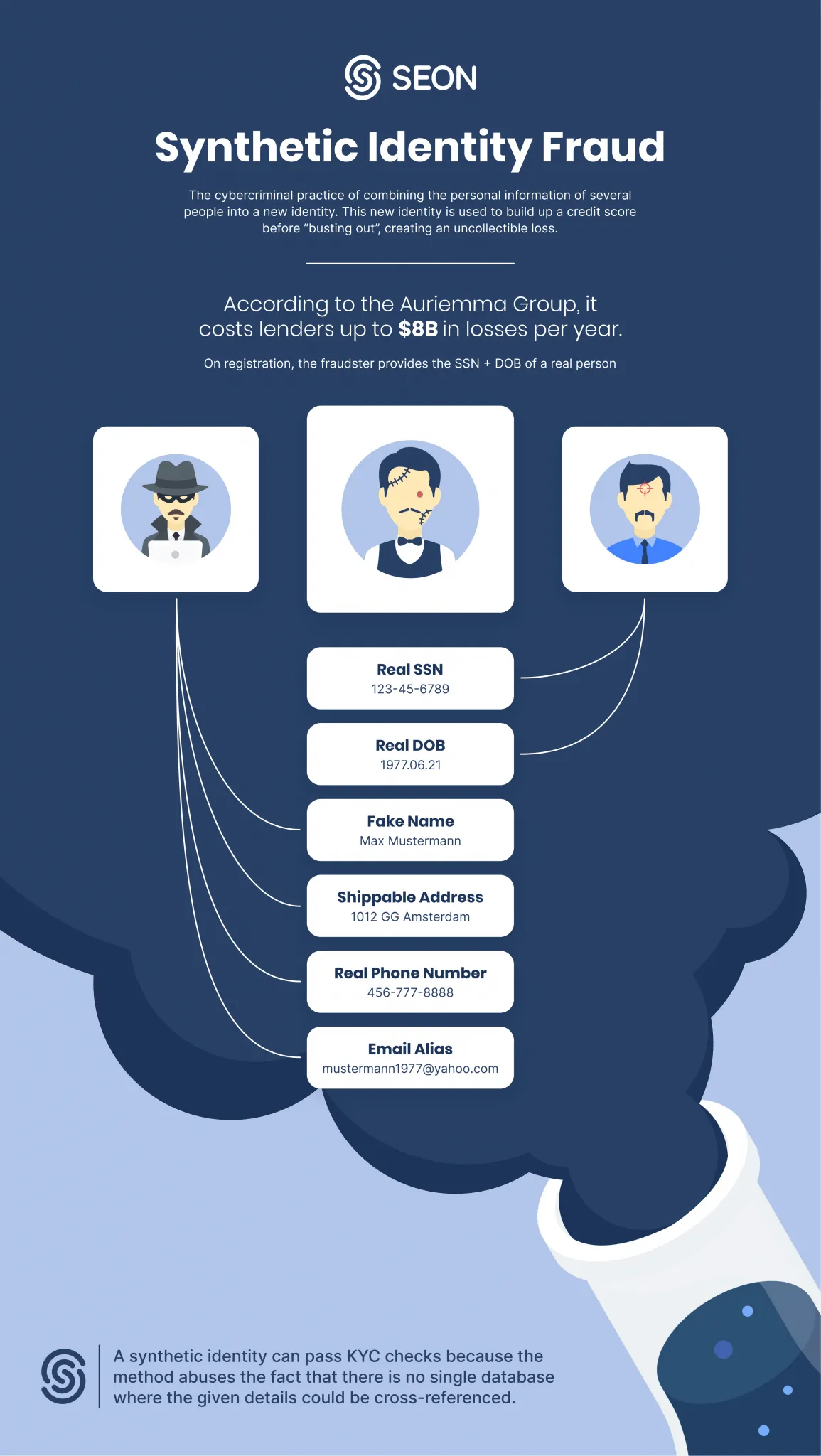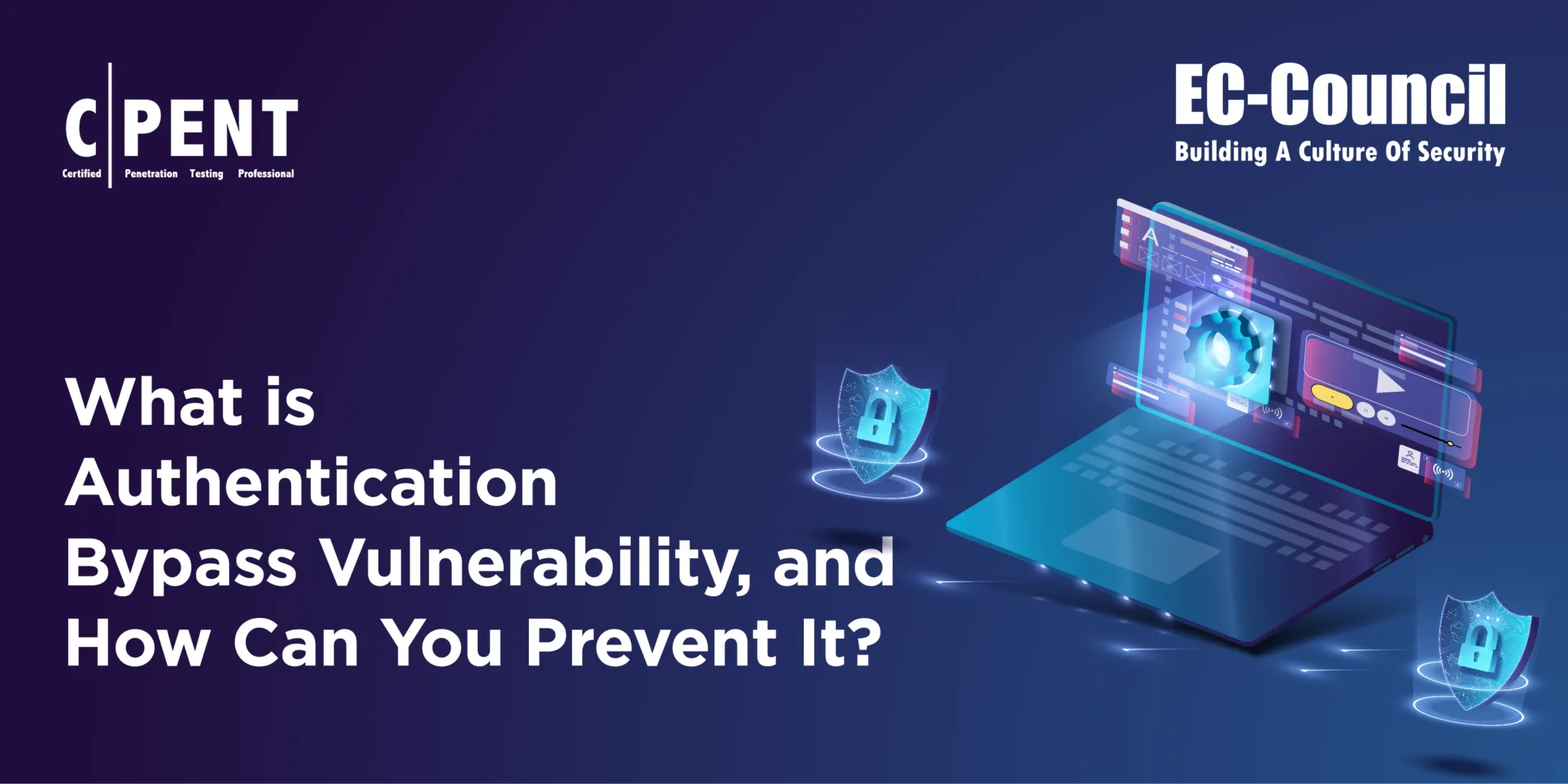LinkedIn has become an essential platform for professionals to connect, network, and showcase their expertise. However, its identity verification process can sometimes create hurdles for users. In this blog post, we will explore the intricacies of LinkedIn's identity verification, the risks involved in bypassing it, and some viable alternatives to consider. Navigating these waters can be tricky, but understanding the landscape will empower you to make informed decisions about your online professional presence.
Understanding LinkedIn Identity Verification

LinkedIn's identity verification process is designed to ensure that users are who they claim to be. This is crucial for maintaining the integrity and trustworthiness of the platform. Here's how it typically works:
- Email Verification: Users must confirm their email addresses when signing up, providing a basic layer of authenticity.
- Phone Verification: Sometimes, LinkedIn may require users to verify their phone numbers via a text message or call.
- Document Submission: In more stringent cases, LinkedIn may request government-issued IDs or other documentation to verify identity.
While these measures help protect the community, they can also pose challenges. For instance, if a user fails to provide the required documentation, they may lose access to their account. This leads to frustration and potential loss of professional connections.
Furthermore, the verification process can be time-consuming and may raise privacy concerns for some users. The prospect of sharing personal information with a platform can be daunting, especially given the increasing incidences of data breaches.
Understanding these elements is crucial for anyone using LinkedIn. Balancing the need for verification with personal privacy will help users navigate the platform more effectively and maintain their online presence without unnecessary setbacks.
Also Read This: Behance mockup download guide
Risks of Bypassing Identity Verification

Bypassing LinkedIn's identity verification can seem tempting, especially if you're eager to access features or create an account quickly. However, there are significant risks involved that you should consider before making such a decision.
Here are some of the main risks associated with bypassing identity verification:
- Account Suspension: LinkedIn has strict policies in place to ensure user authenticity. If they detect any attempt to bypass verification, your account could be suspended or permanently banned.
- Loss of Credibility: LinkedIn is a professional platform, and maintaining a trustworthy profile is crucial. If you bypass verification, you risk damaging your reputation among peers and potential employers.
- Data Security Risks: Many methods of bypassing verification involve sharing personal information with unverified third parties. This could lead to identity theft or misuse of your data.
- Legal Consequences: Depending on your location, bypassing identity verification could potentially breach terms of service agreements, leading to legal repercussions.
- Missed Opportunities: By not verifying your identity, you may miss out on valuable networking opportunities and job prospects that require a fully authenticated profile.
Ultimately, attempting to bypass identity verification is fraught with risks that can outweigh the benefits. It’s crucial to weigh these factors carefully before making a decision.
Also Read This: How to Fix the Issue of Not Finding YouTube TV App on Sony TV
Alternatives to Bypassing Verification
If you're facing issues with LinkedIn's identity verification process, there are several alternatives you can explore rather than attempting to bypass it. These alternatives not only help you stay compliant but also ensure you maintain a solid professional presence on the platform.
Here are some viable alternatives:
- Contact LinkedIn Support: If you’re having trouble with verification, reaching out to LinkedIn’s customer support can provide guidance. They can help resolve issues and provide clarity on the verification process.
- Use Official Documentation: Gather and submit the necessary documentation that proves your identity. LinkedIn typically accepts forms of ID such as a driver's license or passport.
- Verify Your Email and Phone Number: Ensure that your email address and phone number are verified. This can sometimes simplify the verification process and can enhance your account’s security.
- Take Your Time: Patience is key. Sometimes, the verification process can take a while. Resist the urge to rush through it, as a thorough verification can lead to long-term benefits.
- Explore Other Platforms: If you find LinkedIn’s verification process too cumbersome, consider utilizing other professional networking platforms that may have less stringent verification processes.
By adopting these alternatives, you can avoid the risks associated with bypassing verification while still establishing a credible presence in your professional network.
Also Read This: Finding your Behance link
5. Best Practices for Maintaining Account Security
Maintaining account security, especially on platforms like LinkedIn, is crucial to protect your professional identity and sensitive information. Here are some best practices you should consider:
- Use Strong Passwords: Create passwords that are at least 12 characters long, combining uppercase letters, lowercase letters, numbers, and special symbols.
- Enable Two-Factor Authentication: This adds an extra layer of security. Even if someone gets your password, they’ll need a second form of verification.
- Be Wary of Phishing Attempts: Always double-check the sender’s email address and avoid clicking on suspicious links. If something feels off, it probably is!
- Regularly Update Your Profile: Keep your information accurate and up-to-date. This can help you spot any unauthorized changes faster.
- Review Account Activity: Regularly check your account activity for any unusual logins or messages that you didn’t send.
- Limit Profile Visibility: Adjust your privacy settings to control who can see your profile and personal information.
By following these practices, you can significantly reduce the risks associated with account security breaches and ensure that your LinkedIn experience remains safe and professional.
6. Conclusion
Bypassing LinkedIn’s identity verification may seem tempting, especially if you’re eager to access your account quickly, but it’s essential to weigh the risks involved. Not only do you put your professional reputation at stake, but you also expose yourself to potential security threats.
Instead of trying to circumvent these measures, consider focusing on legitimate alternatives to regain access. Options like contacting LinkedIn’s support or exploring their recovery processes can often be more reliable in the long run.
Ultimately, safeguarding your LinkedIn account is about maintaining trust and security in your professional network. Remember:
| Key Takeaway | Action Item |
|---|---|
| Prioritize Security | Implement strong passwords and two-factor authentication. |
| Stay Informed | Educate yourself about common scams and phishing attempts. |
| Follow Official Channels | Use LinkedIn's support for any account issues. |
In conclusion, while LinkedIn’s identity verification process can feel cumbersome, it exists for your protection. By adhering to best practices and making informed decisions, you can navigate the platform securely and effectively.